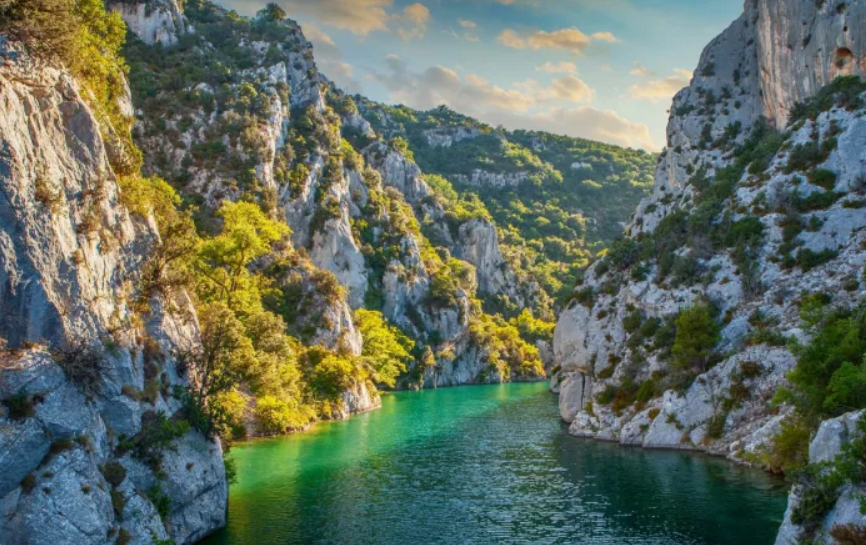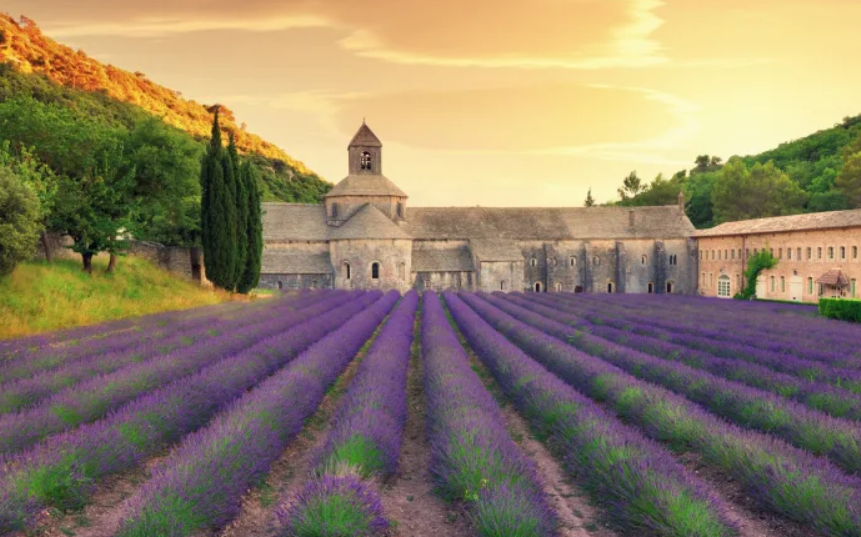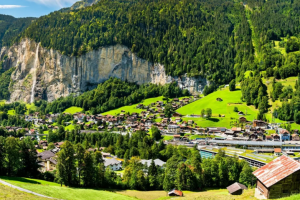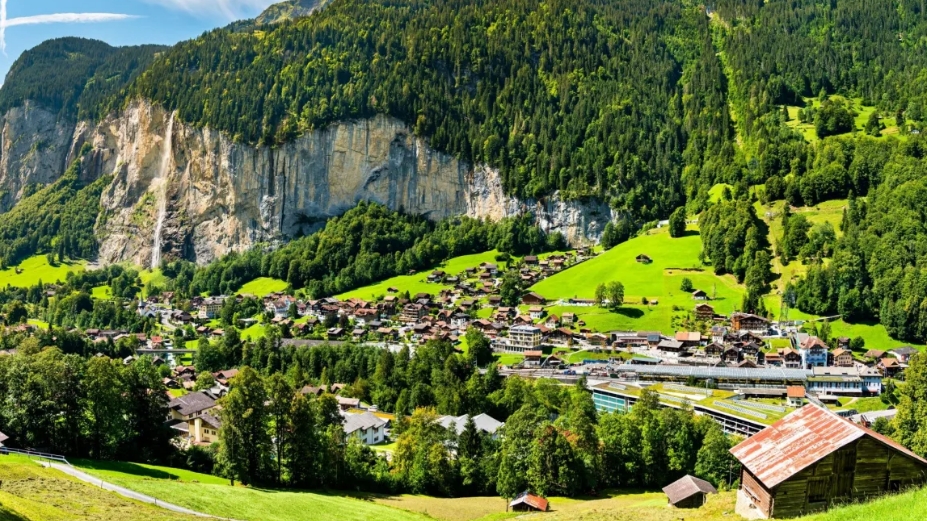There are a lot of British people who long for the south of France – for the warm weather, the light, herbaceous air, the olives, the vines and the deep-rooted civilisation. When you want to travel, it is almost irresistible.
It is well known that France has two southern parts divided in two by the Rhone – Provence stretching eastwards to Italy and Languedoc stretching westwards to Spain. Both have beaches and mountains. Both offer sun-drenched tranquillity, even though they were made by peasants and fishermen. Both retain an undercurrent of Latin culture.
Provence attracts a considerable British population and has a more traditional tourist quality. Excellent and quirky people have been going there since the early 19th century. Even now, large areas of the Languedoc hinterland remain undiscovered.
Below we sort out some of the differences. We have excluded the Côte d’Azur from Provence – on the grounds that it is a different region. For the same reason we exclude Roussillon or French Catalonia from the Languedoc.
Everyone has an image of what to expect from Provence, usually including lavender, perched villages and players playing petanque. You’ll see it all when you roam the area. However, the villages were not for aesthetic reasons but for defense. In short, the good life is built on a rugged geography and a turbulent history. Back from the coast, the land is steep and wild, reaching to the Esterel and Maures mountains. Stepping into canyons and woodlands, you won’t believe you’re only 20 minutes from a beach lounger. Further north, Haut-Var is rugged again – dotted with provocative hilltop villages (Tourtour, Bargemon) leading to the Verdon Gorge. Europe’s version of the Grand Canyon is a supernatural natural landscape that terrifies vertigo sufferers.

Beyond, around Digne, the real hard-core Provence climbs to the Alps; further west, the slightly gentler hills of the Luberon. But no one has ever said no to the mild weather and location of the Mont Ventoux.
The Languedoc doesn’t have the extreme grandeur of Provence – but it’s full of wildness, not to mention fewer and fewer tourists inland. So the remoteness feels really remote.
The region is often described as a vast amphitheatre around the Mediterranean. In front, vast sun-scorched plains full of vines give way to scrubby undergrowth and holy oak-covered mines. In summer, lavender and thyme are the most intoxicating places to stroll. Beyond, the real mountains begin in the east with the Severn Range – where ancestral Protestantism has somehow adapted to the contours of the magnificent highlands, but it hardly works. Nearby, the Tarn Gorges cut a magnificent groove through the limestone plateau, revealing a lost world of stone villages and recreational canoes.
Further west, the Haut-Languedoc remains largely unexplored. Curving southwards, the Corbières are France’s best forgotten mountain range – towering, rocky and cracked with beautiful valleys.












